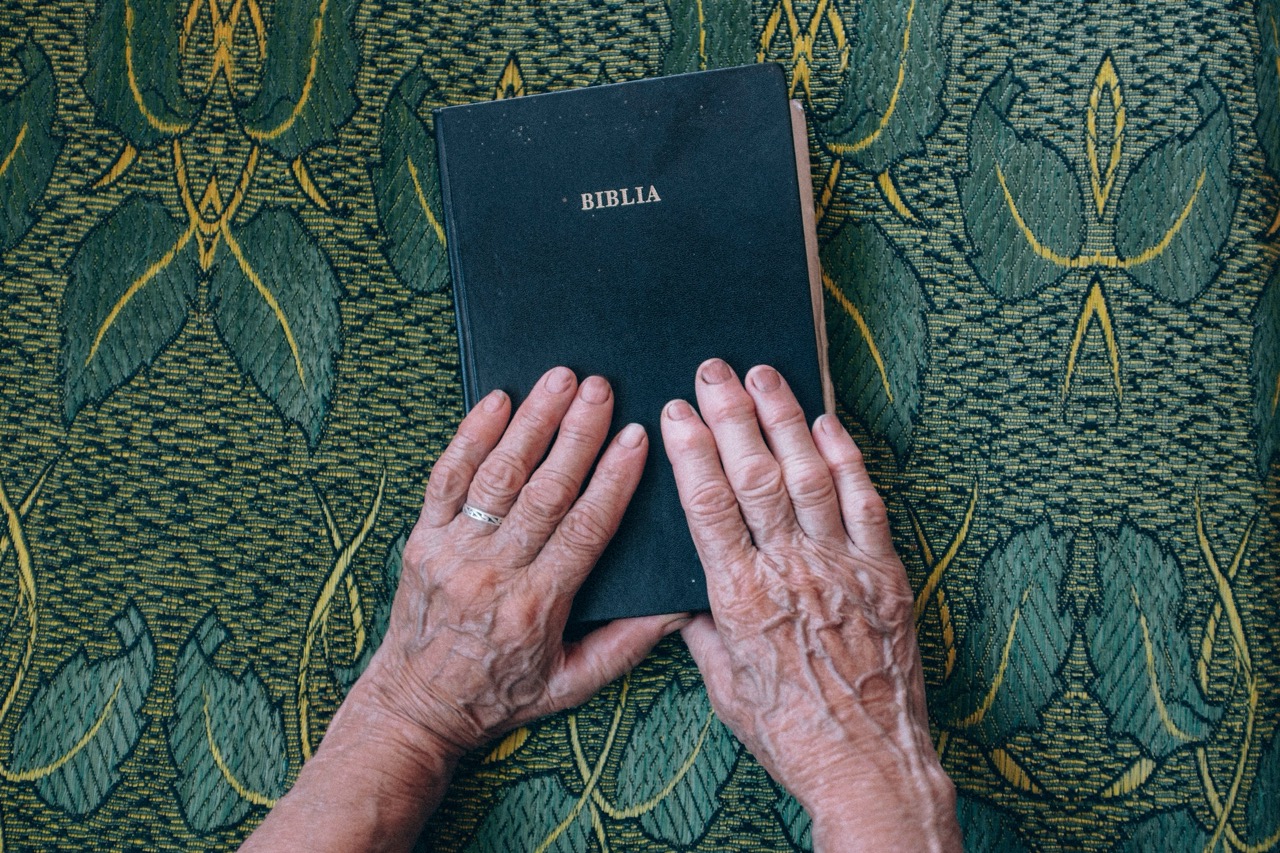The Ten Plagues: A Tale of Divine Power and Judgment

The tale of the Ten Plagues, as recounted in the Christian Bible, serves not only as a powerful narrative of divine intervention but also as a profound commentary on the themes of power, justice, and redemption. This story unfolds in ancient Egypt, where a defiant Pharaoh stands against a God who demands freedom for His people. Through a series of catastrophic events that challenge the very fabric of nature, the narrative provides both dramatic tension and moral lessons that resonate through the ages. In the following sections, we will explore the origins of this tale, the unfolding plagues, the climactic moments of judgment, and the enduring lessons that echo in contemporary times.
The Ancient Beginnings: A Pharaoh’s Defiance Unleashed
In the land of Egypt, where the Nile River nourished the fields and the sun shone brightly upon the pyramids, a new Pharaoh arose—a ruler hardened by pride and power. This Pharaoh, who identified the growing population of the Hebrew people as a threat, enslaved them under a heavy yoke, determined to suppress any signs of rebellion. The cries of the oppressed Hebrew slaves reached the heavens, prompting God to intervene on their behalf. Through Moses, a reluctant prophet chosen to lead His people to liberation, God revealed His intent: to demonstrate His power and demand the Pharaoh’s compliance.
Moses approached Pharaoh, bearing a simple yet commanding message: "Let my people go." The Pharaoh, his heart hardened against the plea, scoffed at the idea of releasing the Hebrews from servitude. This defiance set the stage for a battle of wills—human arrogance pitted against divine authority. God’s response was swift and severe; He unleashed a series of plagues upon Egypt, each designed to challenge the Pharaoh’s obstinacy and showcase His omnipotence. The confrontation between Moses and Pharaoh became a symbol of the struggle between oppression and freedom, faith and disbelief.
As the plagues began, the people of Egypt witnessed the frailty of their own gods and the power of the God of Israel. Each plague brought a new layer of suffering, not merely for the Pharaoh but for all of Egypt, illustrating the far-reaching consequences of defiant leadership. The Pharaoh’s refusal to heed the warnings would lead to a cascade of calamities that would ultimately shake the very foundations of Egypt, setting off a chain of events that would change history forever.
Nature’s Wrath: The First Five Plagues Unfold
The first of the plagues struck with unyielding force, as the Nile River turned to blood. Fish died, the waters became undrinkable, and a foul stench filled the air. This act challenged the Egyptian deities who represented the river and its life-giving properties. Undaunted, Pharaoh’s magicians replicated the miracle, deepening his resolve to resist. However, the second plague, a plague of frogs, swarmed over the land, invading homes and disrupting daily life. The cries of the Egyptians grew louder, yet Pharaoh’s heart remained hardened, and he refused to relent.
The subsequent plagues escalated in severity. The third plague introduced gnats, a torment that perplexed even Pharaoh’s sorcerers, who acknowledged this as the "finger of God." The fourth plague brought flies, swarming over the land and causing chaos among the Egyptians, while the Hebrews enjoyed protection. Still, the Pharaoh’s stubbornness persisted, leading to the fifth plague where livestock fell ill and died, leaving devastation in its wake. Each of these plagues not only represented a direct challenge to Egyptian deities but also served as a wake-up call to the Pharaoh, who was increasingly isolated in his defiance.
As the plagues progressed, the atmosphere in Egypt grew tense. The Egyptians, burdened by suffering, began to feel the weight of their ruler’s obstinacy. Each event showcased the power of the God of Israel, revealing the futility of opposing divine will. While the plagues wreaked havoc, they also highlighted the importance of humility and repentance—traits that Pharaoh increasingly lacked. The stage was set for the final plagues, where the culmination of divine judgment would reveal not just the fragility of Egypt, but the depth of divine mercy poised to deliver the chosen people.
The Final Strikes: A Climax of Judgment and Mercy
The final plagues struck with unparalleled intensity. The sixth plague brought painful boils upon both Egyptians and their animals, a physical manifestation of their spiritual corruption. In the seventh plague, hail rained down, accompanied by thunder and fire, devastating crops and livestock alike. The Pharaoh, witnessing the destruction, briefly relented, promising to release the Hebrews but faltering once again as the plagues ceased. His heart, hardened more than ever, led to the eighth plague: locusts that consumed what little remained of Egypt’s agriculture, plunging the nation into deeper despair.
As the ninth plague of darkness fell over the land, a thick darkness enveloped Egypt for three days—an oppressive void that highlighted the spiritual blindness of Pharaoh and his people. In stark contrast, the land of Goshen, where the Hebrews dwelled, was illuminated, symbolizing the light of faith in a world shrouded in despair. This juxtaposition served as a powerful reminder that divine protection was afforded to those who believed and obeyed, while judgment awaited those who persisted in rebellion.
The final and most devastating plague was foretold by God through Moses: the death of every firstborn in Egypt. This act of judgment required the Hebrews to mark their doorposts with lamb’s blood, a sign of their faith and obedience. As the night fell, a great cry arose throughout Egypt—a testament to the price of disobedience and the reality of divine judgment. This climactic moment not only marked the end of Pharaoh’s defiance but also ushered in the Israelites’ long-awaited liberation, a crucial turning point in their history and a pivotal moment in biblical narrative.
Lessons Learned: The Legacy of the Ten Plagues Today
The Ten Plagues serve as a timeless parable that transcends its historical context, offering profound insights relevant to contemporary society. One of the primary lessons is the importance of humility in leadership. Pharaoh’s arrogance and unwillingness to listen resulted not only in his own downfall but in the suffering of his people. Modern leaders can glean from this narrative the vital need for compassion, wisdom, and a willingness to change course when faced with justice. The consequences of pride are underscored, reminding us that true power lies in serving those who are marginalized and oppressed.
Additionally, the story emphasizes the notion of divine justice and the consequences of systemic sin. The plagues illustrated that unchecked power can lead to societal decay, and those who perpetuate injustice will ultimately face reckoning. This theme resonates today, as movements for social justice and equity challenge systems that uphold inequality. The narrative encourages individuals and communities to stand against oppression and strive for a higher moral ground, embodying the spirit of liberation that the Exodus story represents.
Finally, the legacy of the Ten Plagues beckons a deeper reflection on faith and obedience. The act of marking the doorposts with the blood of a lamb foreshadowed themes of sacrifice and redemption, culminating in the New Testament’s message of salvation. This powerful imagery invites believers to consider their personal relationship with the divine and their commitment to act in faith, even in the face of adversity. The lessons of the Ten Plagues continue to inspire hope, reminding us that justice and mercy can coexist, and that divine intervention often paves the way for liberation and renewal.
The narrative of the Ten Plagues is a rich tapestry of divine power, human defiance, and the profound lessons learned through adversity. As we reflect on this ancient story, we find that its relevance persists in our modern world, challenging us to embrace humility, advocate for justice, and strengthen our faith. The echoes of this tale invite us to confront the injustices of our time while inspiring hope in the promise of liberation and the transformative power of mercy. The Ten Plagues may belong to a distant past, but their impact resonates deeply in the hearts and minds of those who seek to understand the complexities of faith, justice, and the eternal struggle for freedom.




